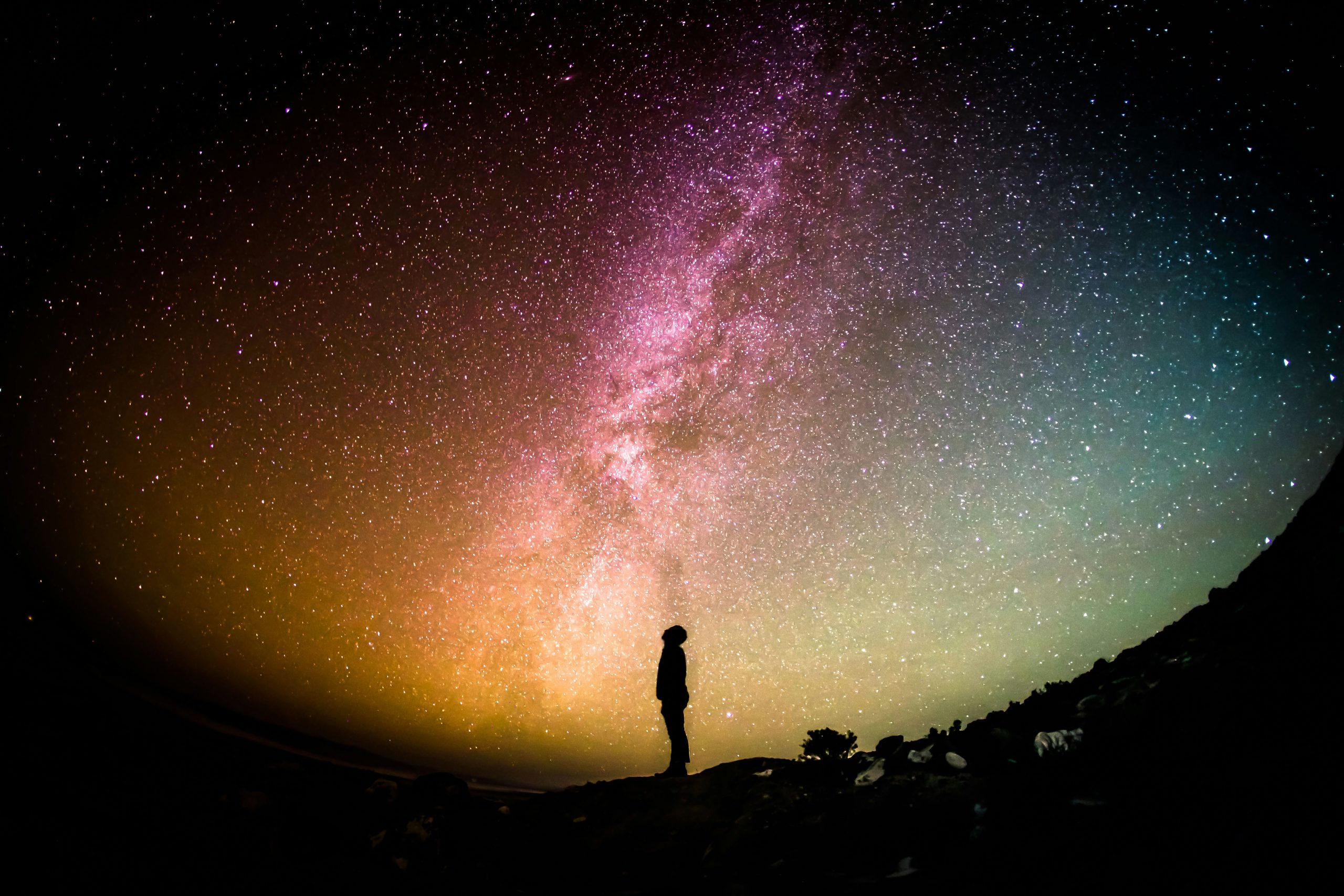Trimurti: Brahma, Vishnu, Shiva Roles

Hey there, amazing readers! 🖐️ Just a quick note: yes, we know there are a lot of ads here. Trust us, we get it—it’s not the prettiest look, but they help us keep this blog alive and kicking. Those pesky little ads cover the costs of all the behind-the-scenes magic, from hosting and tech stuff to creating content we hope you’ll love.
We’re committed to delivering quality posts, and your support (even just sticking around despite the ads) means everything to us. So, bear with us, and thanks for helping us keep the good vibes rolling. Now, on to the fun stuff! 😉
TRANSLATE BUTTON AT THE END OF THE ARTICLE
Introduction to the Trimurti concept
The Trimurti is a concept in Hinduism that represents the three main aspects of the Supreme Being.
These three aspects are personified by the three major deities in Hinduism: Brahma, Vishnu, and Shiva.
Each deity plays a distinct role in the cosmic order of creation, preservation, and destruction.
The Trimurti concept highlights the interconnectedness of these three deities and emphasizes the cyclical nature of existence.
The role of Brahma in the Trimurti
Brahma is the creator aspect of the Trimurti and is responsible for bringing the universe into existence.
He is often depicted with four faces, representing the four Vedas, and four arms, symbolizing his ability to create and govern the universe.
Brahma is associated with knowledge, creativity, and intellect.
While he is considered the creator, Brahma is not as widely worshipped as Vishnu and Shiva in Hinduism.
Understanding Vishnu’s significance
Vishnu is the preserver aspect of the Trimurti and is responsible for maintaining order and harmony in the universe.
He is often portrayed as blue-skinned with four arms, holding a conch shell, discus, mace, and lotus flower.
Vishnu is revered for his role in protecting the world and ensuring the balance of good and evil.
Devotees of Vishnu believe that he incarnates on Earth in different forms known as avatars to restore righteousness.
Shiva’s role in the Trimurti
Shiva is the destroyer aspect of the Trimurti and is responsible for bringing about the end of the universe to pave the way for recreation.
He is often depicted as a yogi meditating in the Himalayas, with a third eye on his forehead symbolizing wisdom and insight.
Shiva is associated with destruction, transformation, and regeneration.
Despite his destructive nature, Shiva is also revered as a benevolent and compassionate deity.
Interconnectedness of the three deities
The Trimurti concept emphasizes the interconnectedness of Brahma, Vishnu, and Shiva.
While each deity has a distinct role, they work together to maintain the balance of the universe.
Brahma creates, Vishnu preserves, and Shiva destroys, forming a continuous cycle of creation, preservation, and destruction.
This interconnectedness highlights the cyclical nature of existence in Hinduism.
Brahma’s role in creation and knowledge
Brahma is often associated with creation and knowledge in Hindu mythology.
As the creator aspect of the Trimurti, Brahma is responsible for bringing the universe into existence.
He is also revered for his wisdom and intellect, symbolized by his four faces, each representing a Veda.
Brahma’s role in creation and knowledge underscores the importance of creativity and intellect in shaping the world.
Vishnu’s role in preservation and protection
Vishnu is revered for his role in preserving the universe and protecting it from harm.
As the preserver aspect of the Trimurti, Vishnu ensures the balance of good and evil in the world.
Devotees of Vishnu believe that he incarnates on Earth in various forms to maintain order and righteousness.
Vishnu’s role in preservation and protection highlights the importance of maintaining harmony in the universe.
Shiva’s role in destruction and transformation
Shiva is known for his role in destruction and transformation in Hindu mythology.
As the destroyer aspect of the Trimurti, Shiva brings about the end of the universe to make way for regeneration.
Despite his destructive nature, Shiva is also associated with transformation and regeneration, symbolizing the cycle of life and death.
Shiva’s role in destruction and transformation underscores the ever-changing nature of existence.
Symbolism and representation in Hinduism
The Trimurti concept symbolizes the three main aspects of the Supreme Being in Hinduism.
Brahma represents creation, Vishnu represents preservation, and Shiva represents destruction.
The three deities embody the cycle of existence, emphasizing the interconnectedness of life, death, and rebirth.
The Trimurti concept is a central tenet in Hinduism, reflecting the cyclical nature of the universe and the interconnectedness of all things.
Importance of balance in the Trimurti
The Trimurti concept highlights the importance of balance in the universe.
Brahma, Vishnu, and Shiva work together to maintain the cosmic order, ensuring that creation, preservation, and destruction are in harmony.
The balance of the Trimurti reflects the balance of the universe itself, where all things are interconnected and interdependent.
Devotees of the Trimurti seek to emulate this balance in their own lives, striving to maintain harmony and order in all aspects of existence.
Worship and devotion to the Trimurti
Devotees of the Trimurti often worship all three deities in equal measure, recognizing the importance of each aspect in the cosmic order.
Many Hindus offer prayers and rituals to Brahma, Vishnu, and Shiva to seek their blessings and guidance.
Temples dedicated to the Trimurti can be found throughout India, where devotees gather to pay homage to the three deities.
Worship and devotion to the Trimurti are integral parts of Hindu religious practice, emphasizing the interconnectedness of all things in the universe.
Modern interpretations and relevance of the Trimurti concept
In modern times, the Trimurti concept continues to hold significance in Hinduism.
While Brahma, Vishnu, and Shiva are ancient deities, their roles as creator, preserver, and destroyer remain relevant in today’s world.
The interconnectedness of the Trimurti reflects the interconnectedness of all things in the universe, highlighting the cyclical nature of existence.
Devotees of the Trimurti find solace in the balance and harmony represented by Brahma, Vishnu, and Shiva, seeking guidance and inspiration from the three deities in their daily lives.
Conclusion
The Trimurti concept in Hinduism encapsulates the essential roles of Brahma, Vishnu, and Shiva as the creator, preserver, and destroyer of the universe.
Each deity plays a distinct role in the cosmic order, emphasizing the interconnectedness of creation, preservation, and destruction.
The Trimurti concept underscores the cyclical nature of existence, highlighting the balance and harmony that permeate the universe.
Devotees of the Trimurti worship and seek guidance from Brahma, Vishnu, and Shiva, recognizing the significance of each deity in the cosmic order of Hinduism.
The Trimurti concept continues to hold relevance in modern times, serving as a timeless reminder of the interconnectedness of all things in the ever-evolving universe.

The Enlightenment Journey is a remarkable collection of writings authored by a distinguished group of experts in the fields of spirituality, new age, and esoteric knowledge.
This anthology features a diverse assembly of well-experienced authors who bring their profound insights and credible perspectives to the forefront.
Each contributor possesses a wealth of knowledge and wisdom, making them authorities in their respective domains.
Together, they offer readers a transformative journey into the realms of spiritual growth, self-discovery, and esoteric enlightenment.
The Enlightenment Journey is a testament to the collective expertise of these luminaries, providing readers with a rich tapestry of ideas and information to illuminate their spiritual path.
Our Diverse Expertise 🌟
While our primary focus is on spirituality and esotericism, we are equally passionate about exploring a wide range of other topics and niches 🌍📚. Our experienced team is dedicated to delivering high-quality, informative content across various subjects ✨.
To ensure we provide the most accurate and valuable insights, we collaborate with trusted experts in their respective domains 🧑🏫👩🏫. This allows us to offer well-rounded perspectives and knowledge to our readers.
Our blog originally focused on spirituality and metaphysics, but we’ve since expanded to cover a wide range of niches. Don’t worry—we continue to publish a lot of articles on spirituality! Frequently visit our blog to explore our diverse content and stay tuned for more insightful reads.





